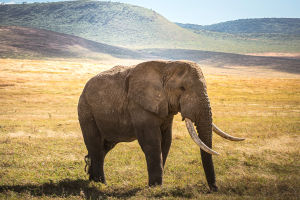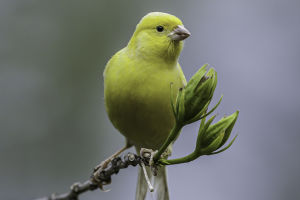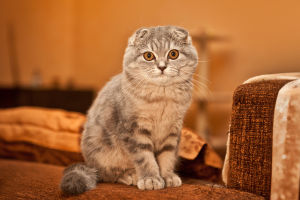Hey there, Lykkers! Ever wondered about the fascinating journey of the red fox? It's one of the most adaptable and widespread animals on Earth.
With its unique ability to thrive in various environments, the red fox has become a symbol of resilience and cunning. In this article, let's explore the life of the red fox, its evolution, habitats, and how it interacts with humans.
Origin and Evolution
We begin with the origins of the red fox. Its ancestors were smaller creatures that roamed the Eurasian continent during the Villafranchian period, over 1.8 million years ago. The red fox expanded its range into North America after the melting of the Wisconsin Glacier. Its adaptability is one of the reasons why the red fox is so widespread today, occupying various regions across the Northern Hemisphere, including North America, Europe, and parts of North Africa.
Through the centuries, the red fox has evolved into one of the largest and most diverse members of the Vulpes genus. Although commonly recognized for its red fur, the red fox can also develop other colors, including white and black variations. Currently, there are 45 known subspecies of the red fox, which are classified into two main categories: the larger northern subspecies and the smaller southern subspecies, which live in the deserts of Asia and North Africa.
Habitat and Adaptation
When it comes to habitat, the red fox is truly versatile. From forests to mountains, and even urban environments, this species has learned to thrive in almost every corner of the globe. As human activities have expanded, so has the red fox's territory. In fact, it has adapted to suburban and even city life, where it is now commonly found in residential areas, scavenging for food. The adaptability of the red fox to different environments is a testament to its survival skills.
Interestingly, the red fox was introduced to Australia, but it turned out to be a problematic species there. In Australia, the red fox became a threat to local mammals and bird species, so much so that it was included in the list of "100 worst invasive species." This has shown us how, despite the red fox's ability to adapt, its introduction to new ecosystems can sometimes disrupt local biodiversity.
Diet and Predators
Red foxes are opportunistic omnivores, which means they can eat a wide variety of foods. Their primary diet consists of small mammals, such as rodents, but they also hunt rabbits, squirrels, birds, reptiles, and even insects. Occasionally, red foxes will eat fruits and plants when other food sources are scarce.
Although red foxes are capable hunters, they are not immune to predation. Larger predators like wolves, coyotes, jackals, and big cats pose a significant threat to the red fox. In addition, large birds of prey, such as golden eagles and owls, have been known to target young or weaker foxes. Nonetheless, red foxes are swift and clever, and their ability to avoid or outsmart larger predators is part of their survival strategy.
Foxes and Humans
The relationship between humans and red foxes is a long and complex one. Throughout history, the red fox has been both revered and feared. In many cultures, it is associated with cunning and cleverness, often appearing in folklore and mythology. However, the red fox has also been viewed as a pest in some areas, particularly in regions where they prey on livestock or spread diseases. For this reason, humans have frequently hunted red foxes for their fur.
Despite this, the red fox has managed to thrive in human-dominated environments. In fact, as urban areas have expanded, red foxes have adapted to life in cities, where they can scavenge food and find shelter in parks, gardens, and even under buildings. This ability to coexist with humans has been one of the key factors in the red fox's success.
Conservation Status
In terms of conservation, the red fox is currently classified as a species of "least concern" by the International Union for Conservation of Nature (IUCN). This means that, overall, the species is not at significant risk of extinction. However, there are local populations that face threats due to habitat loss, hunting, and the challenges posed by invasive species.
Interestingly, certain countries has undertaken efforts to domesticate red foxes, successfully breeding tamer foxes that are more accustomed to human interaction. This has led to new insights into animal domestication and the behaviors of wild species when raised in controlled environments.
Final Thoughts
To wrap it up, the red fox stands as one of nature's most extraordinary survivors. Its remarkable ability to thrive in diverse environments—whether in the heart of a dense forest or amidst a bustling urban landscape—never ceases to impress. Whether you're encountering it in the wild or seeing a domesticated version, the red fox's cleverness and resilience remain fascinating.
So, next time you spot one in the wild, take a moment to admire its adaptability and spirit!
Thanks for joining us on this journey, Lykkers! Stay curious, and keep uncovering the wonders of the world around you.


